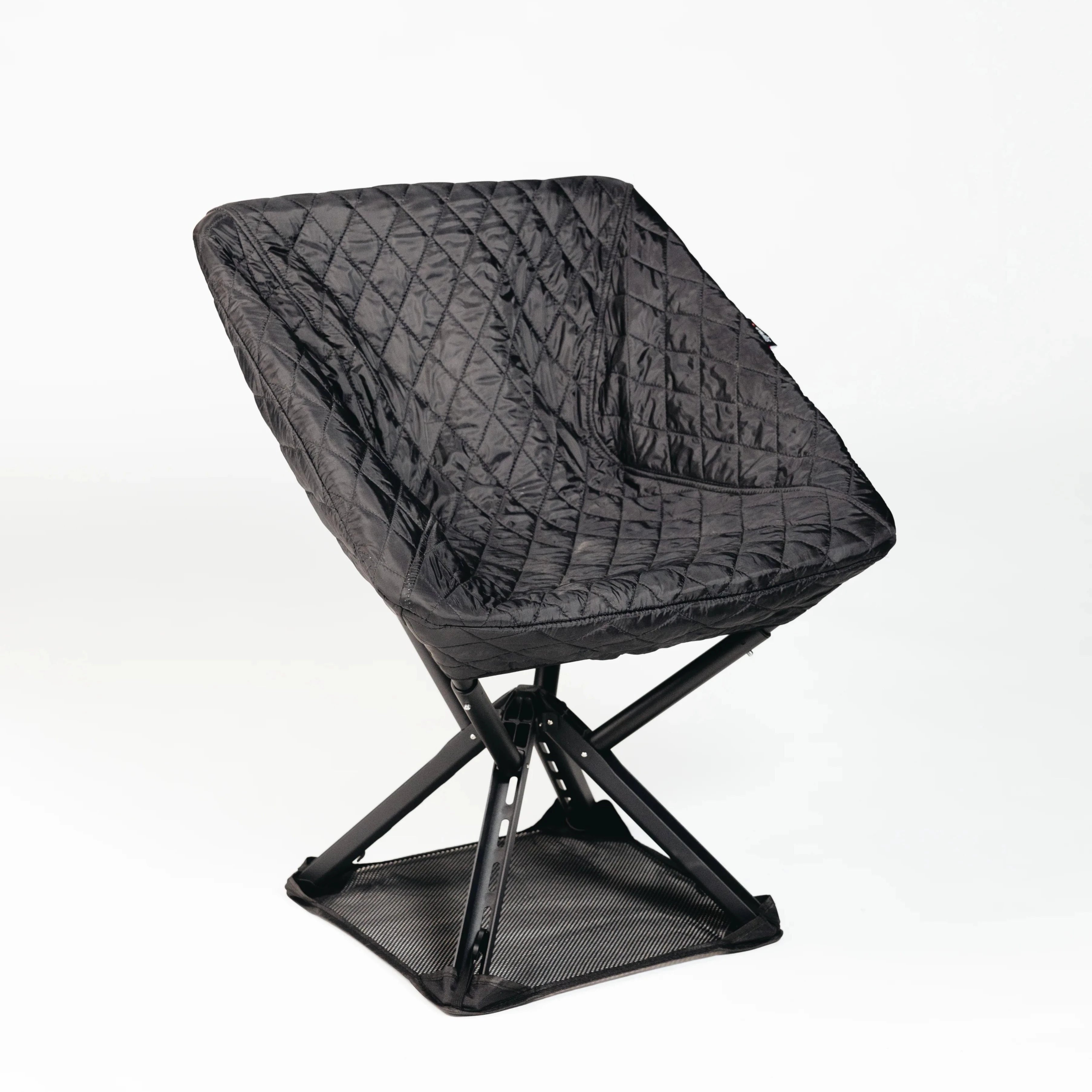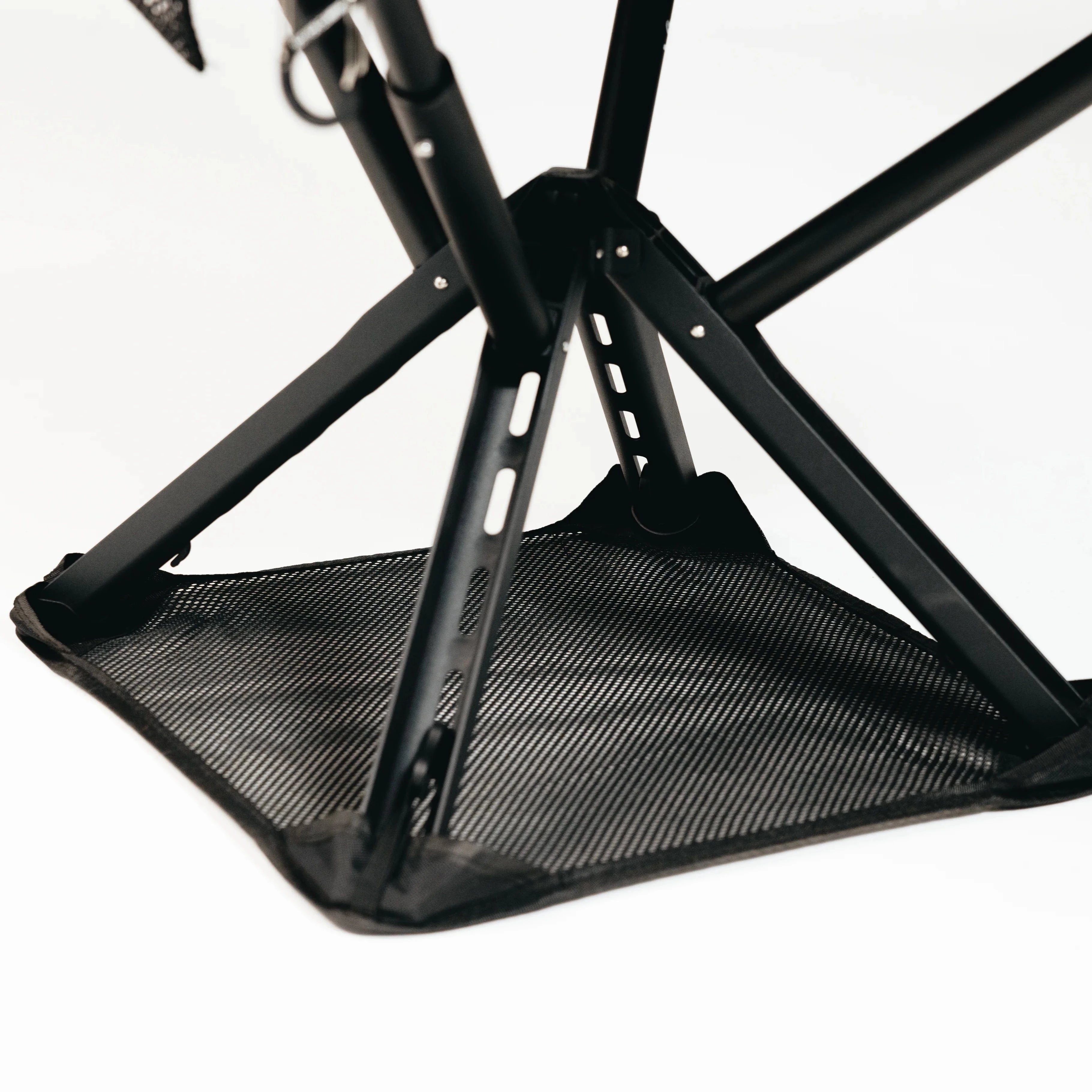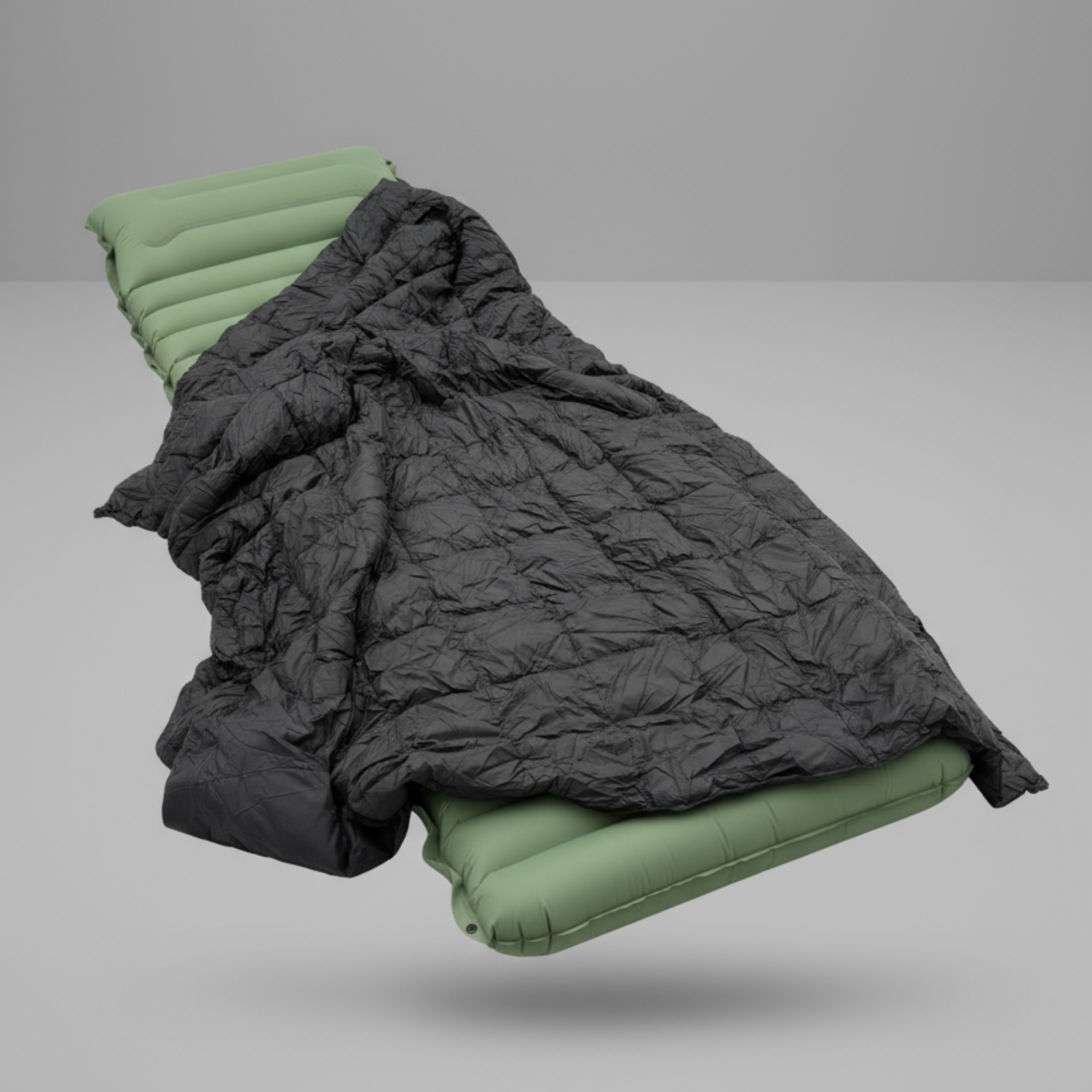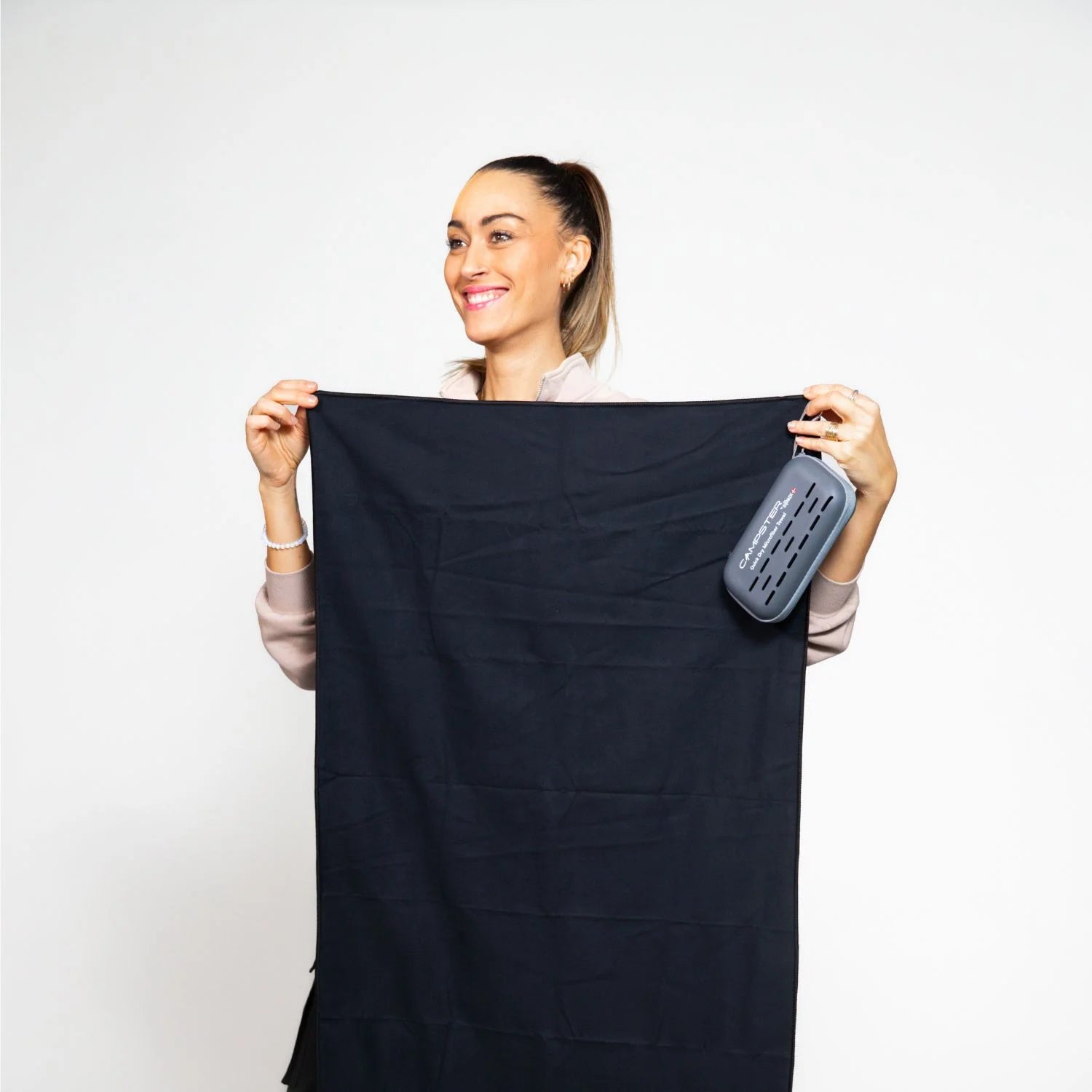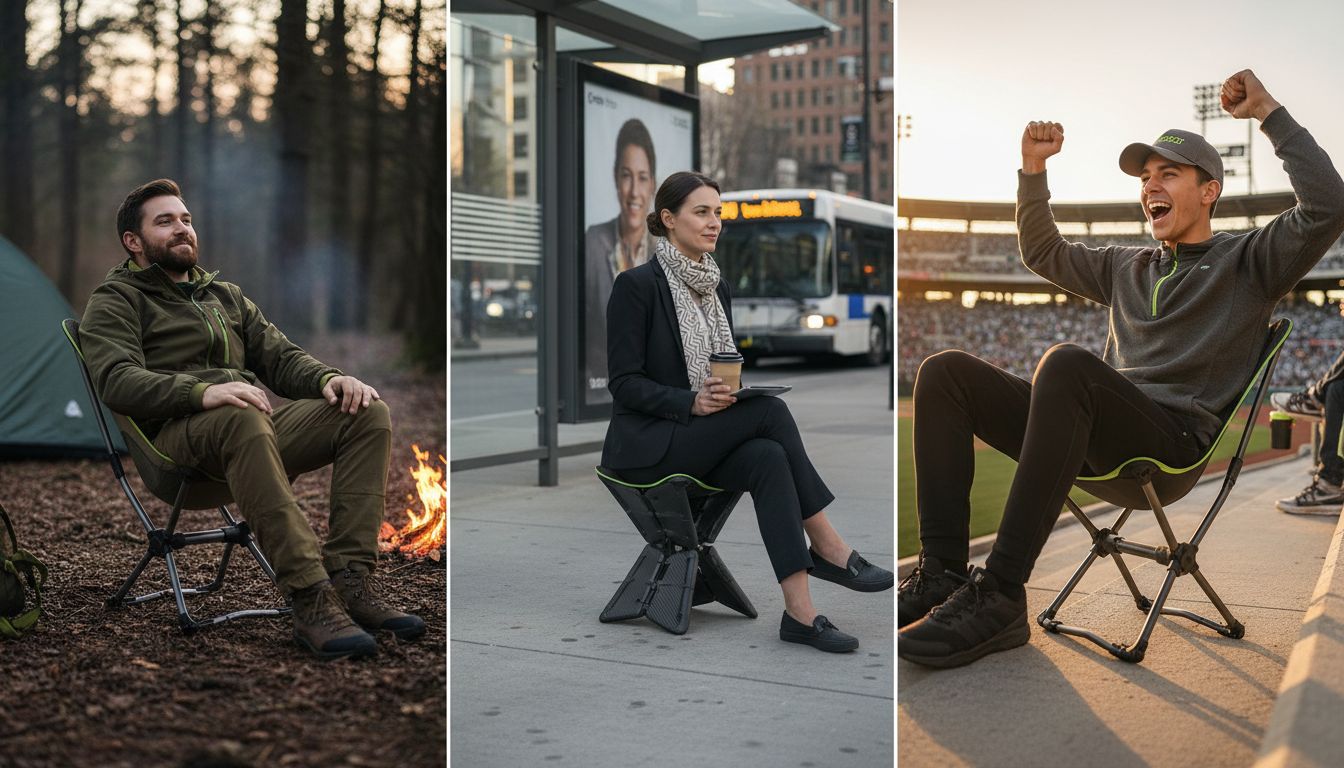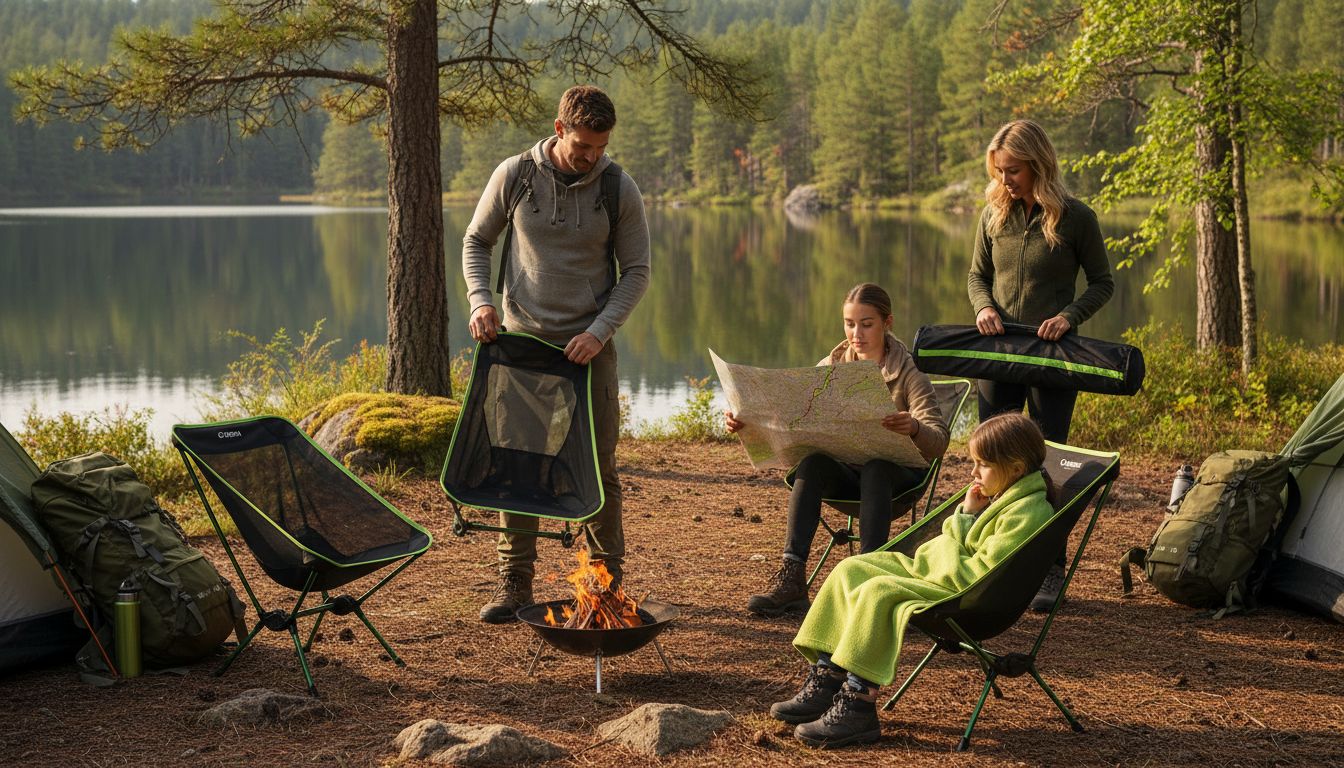Portable seating has transformed outdoor adventures, yet over 60 percent of users report discomfort or stability issues with the wrong chair choice. Whether you are camping, attending a game, or just relaxing outside, the seat you pick shapes your entire experience. Finding a portable option that fits your needs protects your well-being and brings lasting comfort. This guide shares clear steps for choosing, setting up, and using a portable seat so you can enjoy the outdoors with confidence.
Table of Contents
- Step 1: Choose The Right Portable Seating Option
- Step 2: Unpack And Inspect Seating Components
- Step 3: Assemble Portable Seat Securely
- Step 4: Position And Adjust For Maximum Comfort
- Step 5: Test Stability And Durability Before Use
Quick Summary
| Key Point | Explanation |
|---|---|
| 1. Choose seating based on needs | Evaluate your primary use case for portability, comfort, and different environments before deciding on a seat. |
| 2. Inspect all components thoroughly | Unpack and check every part for damage or issues to ensure safety and performance before use. |
| 3. Assemble securely with attention | Follow instructions carefully and test stability to avoid accidents while using the portable seat. |
| 4. Position for maximum comfort | Adjust your seat on stable terrain, ensuring proper alignment with your body mechanics for optimal support. |
| 5. Conduct stability tests before use | Always perform pre-use checks on weight distribution and moving parts to ensure the seating is secure and reliable. |
Step 1: Choose the Right Portable Seating Option
Picking the perfect portable seat isn’t just about parking your posterior anywhere. It’s about understanding your specific needs, environment, and comfort requirements. According to research from Green School Yards, selecting the right seating involves carefully considering factors like physical distancing, safety, accessibility, and sustainability.
When evaluating portable seating options, start by assessing your primary use case. Are you a camper needing lightweight trail seating? An urban commuter seeking compact transport solutions? A sports enthusiast requiring flexible spectator seating? As GT Grandstands suggests, portable seating offers remarkable flexibility across diverse environments. Look for key characteristics like weight, folding mechanism, material durability, and comfort level.
Pro Tip: Always test portable seats before purchasing. What looks comfortable in a showroom might feel completely different after an hour of actual use.
Your ideal portable seat should balance three critical elements: portability, durability, and comfort.
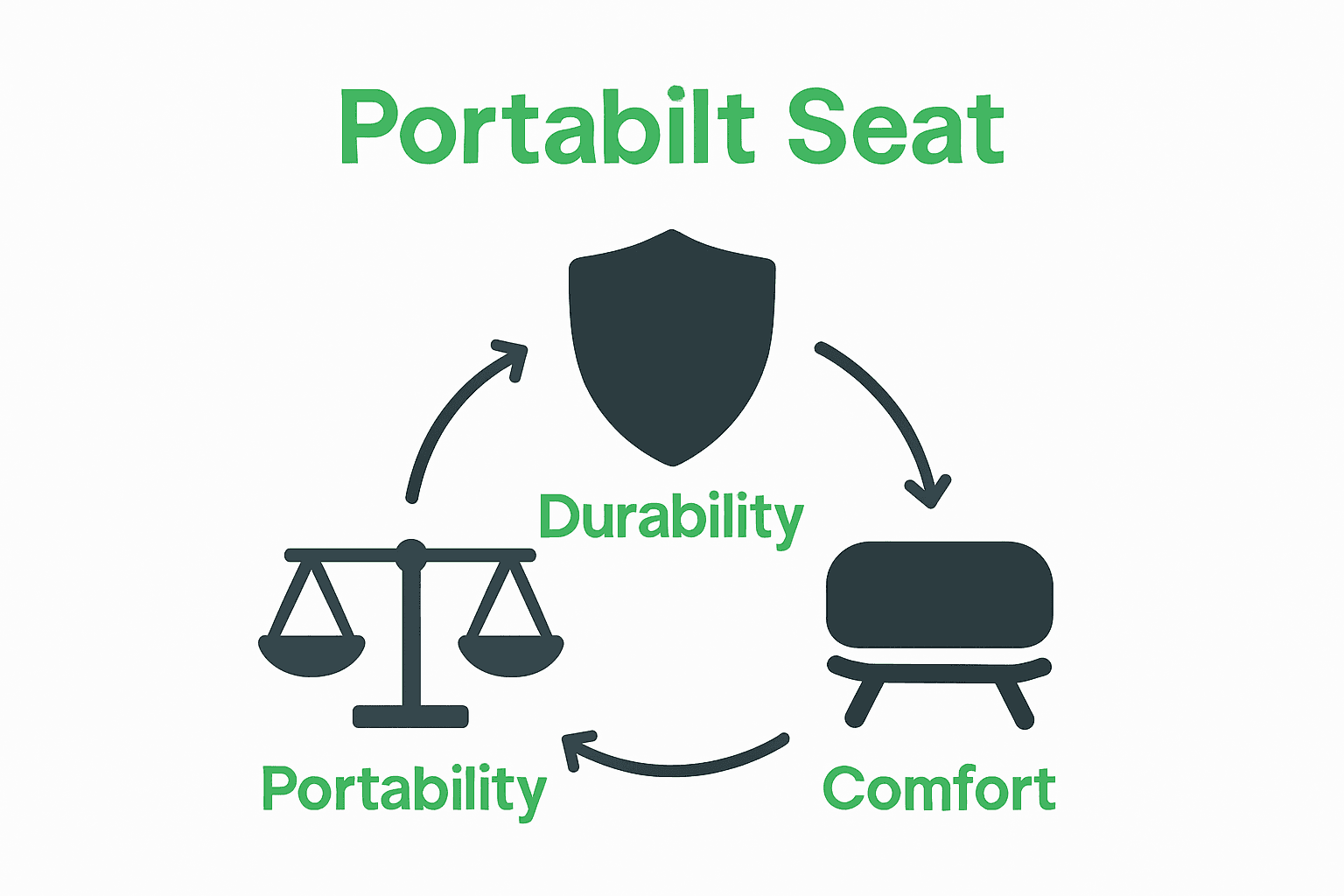 Lightweight materials like aluminum or advanced composites can offer strength without bulk. Ergonomic design matters just as much as weight class. Think about your body mechanics and how the seat supports your posture during extended sitting periods.
Lightweight materials like aluminum or advanced composites can offer strength without bulk. Ergonomic design matters just as much as weight class. Think about your body mechanics and how the seat supports your posture during extended sitting periods.
Ready to explore specific portable seating styles that might match your lifestyle? The next step will break down different seat types and their unique advantages.
Step 2: Unpack and Inspect Seating Components
Unpacking your portable seating is more than just removing it from a box. According to Reed College, thoroughly inspecting each component is crucial for ensuring safety and optimal functionality. This initial setup can make the difference between a comfortable outdoor experience and a potential seating disaster.
Start by spreading out all the components on a clean flat surface. Check for any packaging materials that might be stuck in hinges or mechanisms. As recommended by Risk Strategy Group, examine each piece carefully for signs of damage such as cracks, bent metal, frayed fabric, or loose connections. Look closely at the folding mechanisms, checking that they move smoothly and lock securely without resistance.
Pro Tip: Keep the original packaging and instruction manual. These can be lifesavers if you need to troubleshoot issues or make warranty claims later.
Pay special attention to weight bearing points and connection joints. Gently test the structural integrity by applying light pressure and ensuring everything feels stable. If you notice any imperfections or irregularities, contact the manufacturer immediately rather than risking potential failure during use.
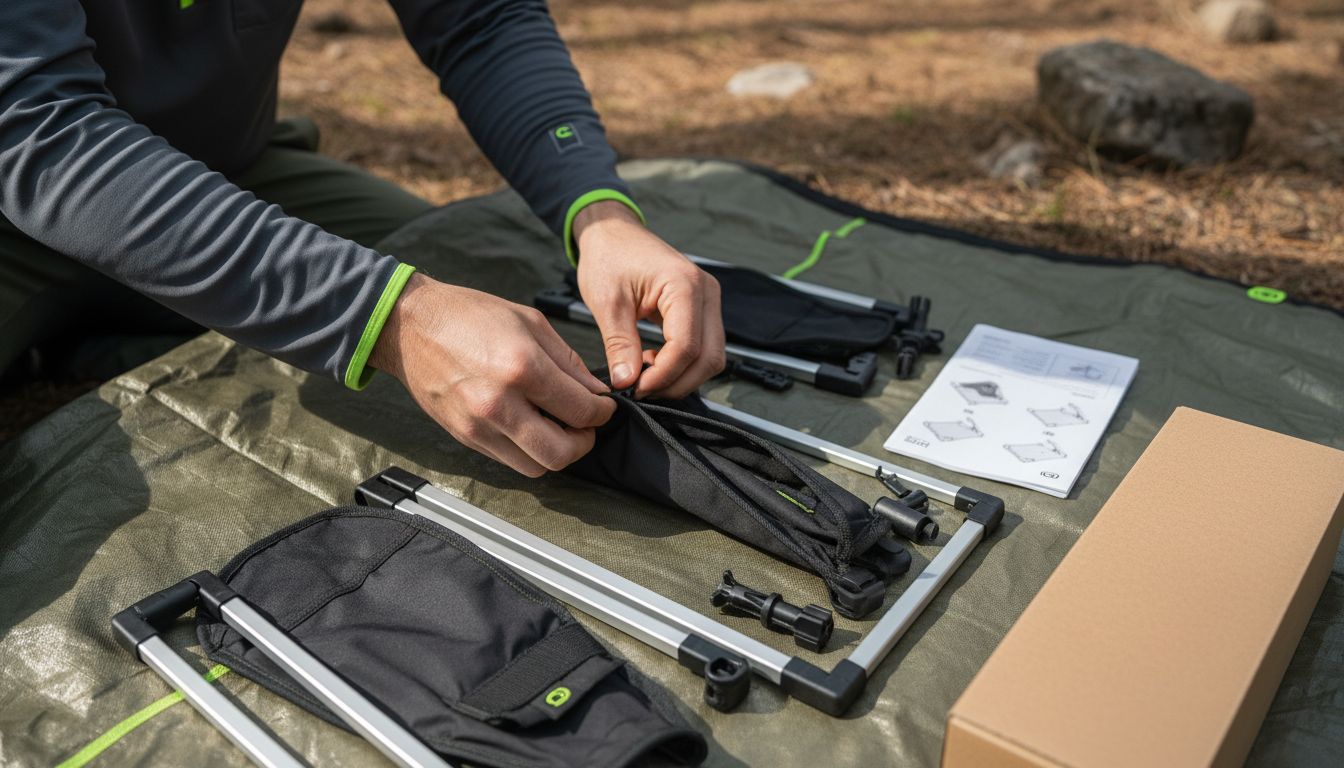
With your seating components now thoroughly inspected, you are ready to move on to the exciting part assembling your portable seat and preparing for your outdoor adventure.
Step 3: Assemble Portable Seat Securely
Assembling your portable seat is a critical moment that determines your comfort and safety during outdoor adventures. As Reed College emphasizes in their safety guidelines, proper assembly is not just about convenience but ensuring reliable performance and preventing potential accidents.
Begin by laying out all components in a logical sequence. Identify each part and compare them against the instruction manual. Risk Strategy Group recommends paying close attention to connection points and locking mechanisms. Start with the base frame first. Insert support rods or connecting pieces methodically, making sure each joint clicks securely into place. Gentle but firm pressure helps ensure everything aligns correctly.
Pro Tip: Work on a flat surface and avoid rushing. Taking an extra minute to double check connections can prevent unexpected collapses later.
Once assembled, perform a stability test by applying gradual pressure from different angles. Wiggle the seat slightly to confirm all components are locked tightly. Check that fabric or seating material is taut and evenly distributed without any unusual stretching or sagging. If anything feels loose or misaligned stop and recheck your assembly process.
With your portable seat now securely assembled you are ready to experience outdoor comfort with confidence and peace of mind.
Step 4: Position and Adjust for Maximum Comfort
Making your portable seat truly comfortable requires more than just plonking it down anywhere. According to Green School Yards, positioning involves strategic considerations beyond simple placement. The National COVID-19 Outdoor Learning Initiative emphasizes understanding your specific environment and personal ergonomic needs to create an optimal seating experience.
Start by selecting your terrain carefully. Look for a flat surface that provides stability without excessive slopes or uneven ground. Adjust the seat’s legs or base to compensate for minor ground variations. Pay attention to your body mechanics: position the seat so your spine remains naturally aligned. This means keeping your knees slightly lower than your hips and ensuring adequate lower back support. Experiment with small adjustments to find that sweet spot where your body feels naturally supported without strain.
Pro Tip: Always carry a small ground cloth or portable mat to place under your seat. This extra layer provides protection from moisture and helps create a more stable foundation.
Consider the surrounding environment when fine tuning your position. Are you seeking sun protection? Shade from nearby trees? Wind protection? Rotate or angle your seat to maximize comfort while minimizing environmental challenges. Remember that the perfect position might change slightly depending on time of day temperature and surrounding landscape.
With your seat now perfectly positioned you are ready to settle in and enjoy your outdoor experience with unprecedented comfort and support.
Step 5: Test Stability and Durability Before Use
Before settling into your portable seat, a comprehensive stability check is crucial for your safety and comfort. Reed College emphasizes that thorough testing goes beyond a quick glance and requires systematic assessment of your seating equipment.
Begin with a visual inspection of weight distribution points. Risk Strategy Group recommends applying gradual pressure from multiple angles. Start by placing the seat on a firm surface and gently rock it to check for any wobbling or uneven contact points. Apply your full body weight slowly and systematically test each side. Listen for any unusual creaking sounds that might indicate structural weakness. Check fabric tension and connection points for signs of potential stress or imminent failure.
Pro Tip: Perform stability tests on different surfaces ground types before your actual outdoor adventure. What works on concrete might behave differently on grass or sand.
Pay special attention to moving parts like hinges and locking mechanisms. These are often the first components to show wear. Wiggle them gently to ensure they remain secure and responsive. If you detect any looseness or unexpected movement stop using the seat immediately and consult the manufacturer or consider replacement.
With your seat thoroughly tested you can now confidently enjoy your outdoor experience knowing you have a reliable and secure seating solution.
Discover Effortless Outdoor Comfort with Portable Seating Designed for You
Choosing and assembling the perfect portable seat can feel overwhelming when you worry about comfort, durability, and stability in unpredictable outdoor conditions. The challenge of balancing lightweight design with reliable support is real, especially when your adventures demand seating that adapts to varied terrains and usage scenarios. This article highlights critical steps like inspecting components and adjusting positioning to maximize comfort and safety.
Feel the freedom of truly portable seating with innovative solutions that understand your needs. At Sitpack, we offer thoughtfully engineered foldable chairs like the Campster II and Sitpack Zen that combine minimalistic design with durability and ergonomic comfort. Our products are crafted for outdoor enthusiasts, travelers, and anyone who values seamless setup paired with lasting performance.

Why wait to upgrade your outdoor seating experience? Explore our range of lightweight, durable chairs and accessories that simplify your setup and enhance every moment spent outdoors. Visit Sitpack now to find your next portable seat and enjoy fast worldwide delivery with a 45-day satisfaction guarantee. Your perfect sit awaits to turn every outing into effortless comfort.
Frequently Asked Questions
What factors should I consider when choosing portable seating?
Choosing portable seating involves evaluating your primary use case, comfort needs, and the environment where it will be used. Assess factors like weight, folding mechanism, material durability, and ergonomics to ensure reliability and comfort during use.
How do I properly inspect my portable seat components before use?
To inspect your portable seat, unpack its components on a flat surface and check for any damage or packaging that might interfere with functionality. Look for cracks, bent parts, or loose connections to ensure everything is safe and ready for assembly.
What are the steps for securely assembling my portable seat?
Begin the assembly by laying out all components and following the instruction manual closely. Make sure to insert support rods securely and perform stability tests after assembly to confirm that all parts are locked in place properly.
How can I maximize comfort when positioning my portable seat?
To maximize comfort, select a stable, flat surface and adjust the seat to maintain natural spine alignment. Experiment with small position adjustments based on surrounding factors like sun and wind to find your most comfortable setup.
What should I do to test the stability and durability of my portable seat?
Conduct a thorough stability check by visually inspecting weight distribution and applying gradual pressure from different angles. If your seat shows any wobbling or unusual sounds, recheck the assembly or consult the manufacturer before use.
How can I ensure my portable seating lasts for multiple outings?
Proper maintenance and regular inspections before each use are key to prolonging the life of your portable seating. Store it in a dry place, clean it after outings, and check for any signs of wear or tear routinely to avoid unexpected failures.
